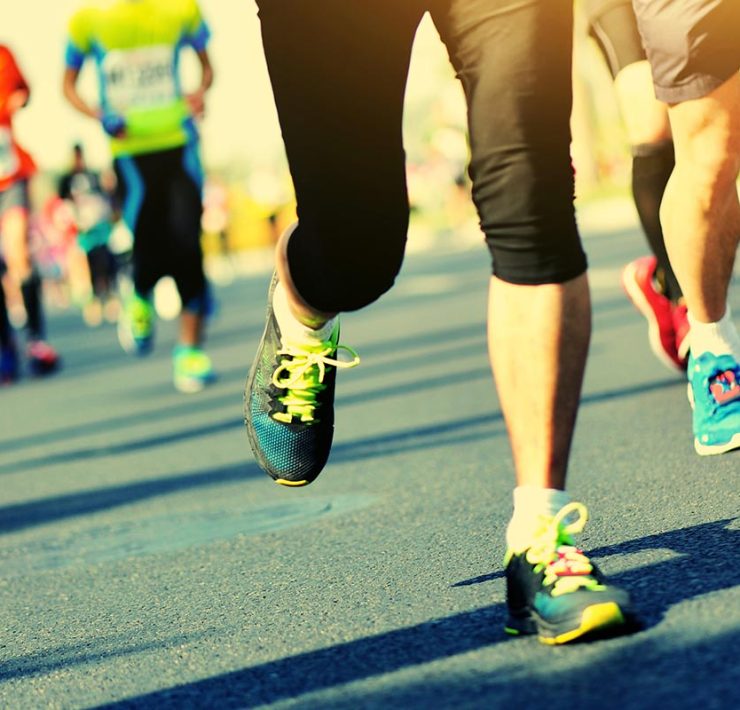Achieving peak performance in running means going beyond just logging miles. It involves taking care of your body and ensuring a good recovery. This is where foam rolling comes in – a dynamic recovery tool that has become indispensable for runners aiming to enhance their performance, prevent injuries, and recover faster.
What is foam rolling, and how does it benefit runners?
Foam rolling, a form of self-myofascial release or soft tissue work, offers many benefits for runners. It works by applying pressure to specific points on your body, aiding in the recovery of muscles and assisting in returning them to normal function. This process can increase blood flow, relieve muscle tension, enhance range of motion, and, ultimately, improve running performance.
When should I incorporate foam rolling into my running routine?
Incorporate foam rolling both before and after your runs. Pre-run, it helps to warm up the muscles and increase elasticity, reducing the risk of injury. Post-run, it serves to alleviate muscle fatigue and accelerate recovery, addressing any stiffness or soreness encountered on the run.
Are there specific foam rolling exercises for the different muscle groups used in running?
Yes, targeting specific muscle groups used in running—such as the calves, hamstrings, quadriceps, and glutes—is crucial. Each area requires different foam rolling techniques to alleviate tension and enhance muscle recovery effectively. Rolling out the calves, for instance, can help prevent shin splints, a common issue among runners.
How long should a foam rolling session last, and how often should I do it?
A foam rolling session should last between 10 to 15 minutes, ensuring you spend adequate time on each muscle group. For optimal results, aim to incorporate foam rolling into your daily routine, especially on days you run, to maintain muscle health and flexibility.
Can foam rolling help prevent running injuries?
Absolutely. Regular foam rolling can significantly reduce the risk of running injuries. By improving flexibility, blood flow, and muscle recovery, it addresses the common causes of injuries, such as muscle imbalances and tightness, keeping your body in optimal running condition.
What are the most common mistakes to avoid when foam rolling for runners?
Avoid rolling too quickly, applying excessive pressure, and neglecting sensitive areas. Foam rolling should be a controlled process, focusing on areas of tension without causing additional harm. Also, skipping warm-up foam rolling sessions can mean you miss out on its pre-run benefits.
Are there any recommended foam rolling techniques or tools for runners?
As a foam roller for runners, the Hyperice Vyper 3 stands out as an exemplary tool. This advanced vibrating roller combines pressure with high-intensity vibration to deepen the effectiveness of the foam rolling process. It’s particularly beneficial for prepping muscles pre-run and aiding recovery post-run. With its contoured design, the Vyper 3 ensures comprehensive coverage of all key muscle groups, making it an essential component of any runner’s toolkit.
Its unique combination of pressure and vibration technology sets it apart, offering a deeper, more efficient muscle recovery process. Whether tackling tight calves before a sprint or soothing sore hamstrings after a marathon, the Vyper 3 enhances your body’s readiness and recovery, keeping you on track toward your running goals.
Foam rolling, especially with tools like the Vyper 3, is a cornerstone practice for runners aiming to maintain peak performance. By integrating it into your routine, you unlock a range of benefits that not only improve your immediate running performance but also safeguard your long-term muscle health and running career.
Republished with permission from Hyperice







